Laing is one of my favorite dishes to showcase the flavors of Bicolano food. I love how the creamy coconut milk pairs with those spicy chilies and taro leaves. It's a delicious combination that delivers bold flavors.
What I love most about this recipe is how it represents that classic Bicolano food with coconut milk and chili peppers. This laing recipe is easy to make but delivers satisfying flavors.

My Ingredients
- 2 ounces dried gabi leaves
- 1 pound pork belly, diced
- 4 cups coconut milk
- 1 cup coconut cream
- 8 Thai chili peppers, chopped
- 2 lemongrass stalks
- 1 tablespoon canola oil
- 1 onion, chopped
- 4 cloves garlic, minced
- 1 thumb-size ginger, minced
- 1 tablespoon shrimp paste (bagoong)
- Salt and pepper to taste
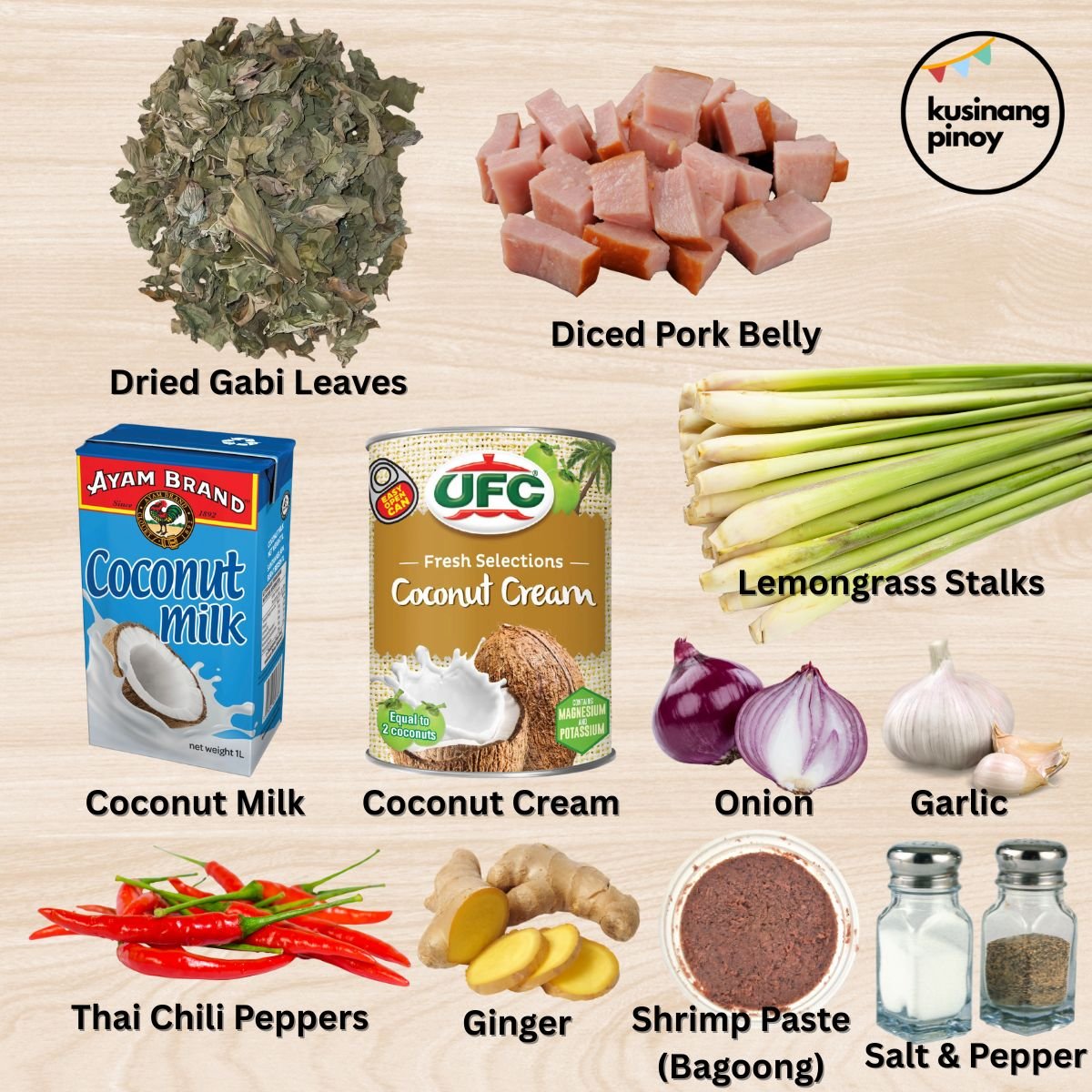
How I Make My Bicol Laing
- I start by going through my dried taro leaves carefully, shredding them into pieces and inspecting for any stray leaves that might have gotten mixed in during the drying process. I discard anything that doesn't look like taro leaves.
- For my lemongrass, I remove the dark green layers until I get to the lighter green part. I use the back of my knife to pound the ends to release their flavor, then chop them up.
- In my wide pan over medium heat, I heat the oil and add my onions, garlic, and ginger. I cook them for about 3-4 minutes.
- I add my diced pork belly and cook until it's lightly browned on all sides. Then I season it with pepper to taste.
- Next, I add my shrimp paste (bagoong) and cook for about 1-2 minutes.
- I pour in my coconut milk and bring it to a simmer. I'm careful not to let it boil because that can cause the coconut milk to curdle or separate.
- I add my chopped lemongrass and Thai chilies to the simmering coconut milk.
- Here's the important part: I add my taro leaves and use a spoon to push them down into the liquid until they're moistened. This is important: I do NOT stir for the first 15-20 minutes to prevent that irritating sensation in the mouth.
- I lower my heat, cover the pan, and cook for about 25-30 minutes until my pork is fully cooked and the leaves have softened.
- Finally, I add my coconut cream and continue cooking for about 10-15 minutes until the mixture is almost dry and begins to render fat. I season with salt to taste and serve hot with steamed rice.
- Enjoy your laing!
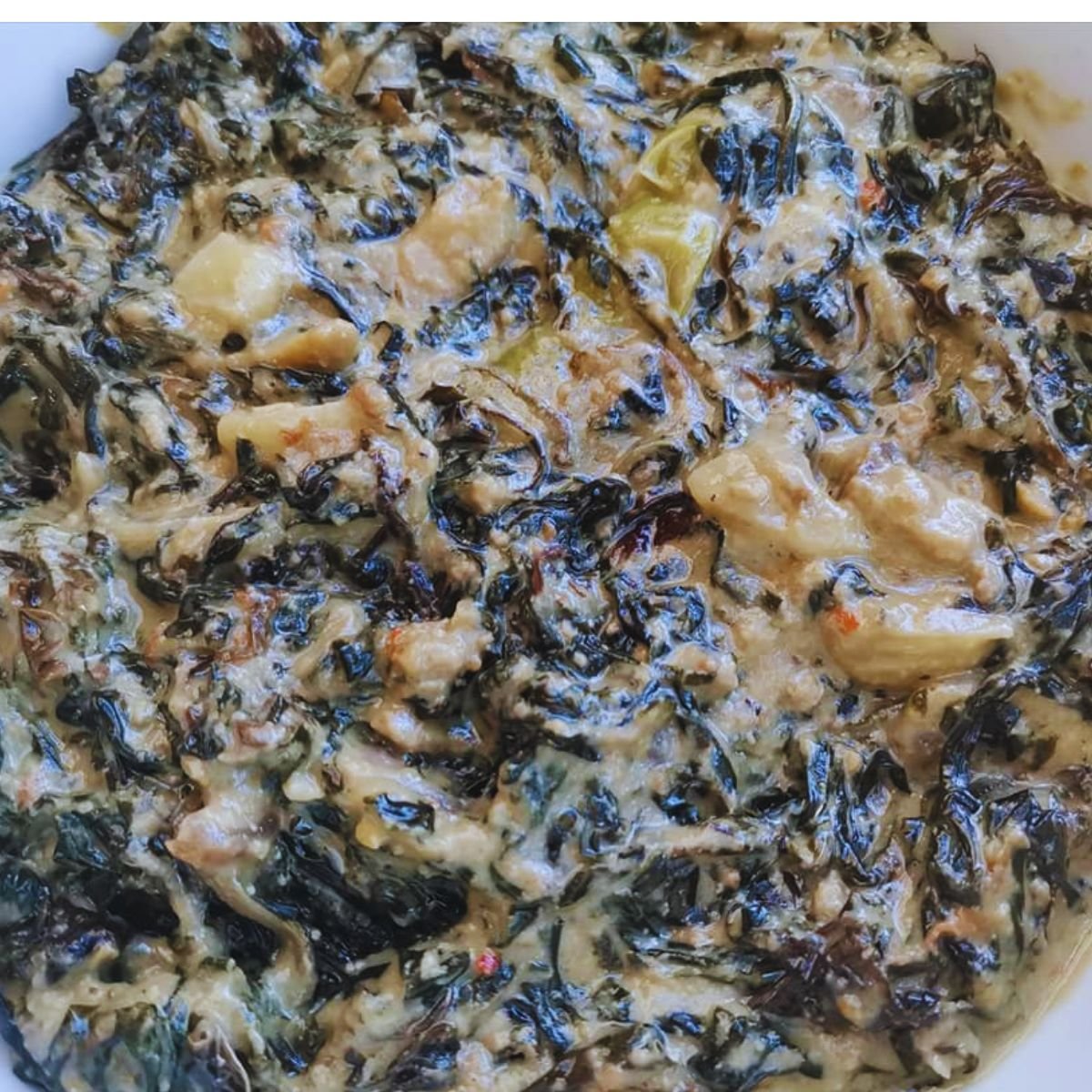
My Personal Tips
- I always check my dried taro leaves package carefully for any stray leaves that got mixed in during drying. Safety first!
- Don't be fooled by how little 2 ounces of dried leaves looks. They absorb so much liquid and expand during cooking.
- I never stir the taro leaves for the first 15-20 minutes. This old school wisdom works to prevent mouth irritation.
- I keep my coconut sauce at a gentle simmer throughout cooking. Boiling will make it curdle and separate.
- To control the heat level, I adjust the number of chilies or scrape out the seeds and veins before chopping.
- I store leftovers in the refrigerator for up to 3 days. I'm careful not to leave it out too long since coconut milk spoils quickly.
Related
Looking for other recipes like this? Try these:

My Bicol Laing Recipe
My Laing: dried taro leaves slowly simmered in rich coconut milk with pork belly and chilies for authentic Bicolano comfort.
Ingredients
Method
- I start by going through my dried taro leaves carefully, shredding them into pieces and inspecting for any stray leaves that might have gotten mixed in during the drying process. I discard anything that doesn't look like taro leaves.
- For my lemongrass, I remove the dark green layers until I get to the lighter green part. I use the back of my knife to pound the ends to release their flavor, then chop them up.
- In my wide pan over medium heat, I heat the oil and add my onions, garlic, and ginger. I cook them for about 3-4 minutes.
- I add my diced pork belly and cook until it's lightly browned on all sides. Then I season it with pepper to taste.
- Next, I add my shrimp paste (bagoong) and cook for about 1-2 minutes.
- I pour in my coconut milk and bring it to a simmer. I'm careful not to let it boil because that can cause the coconut milk to curdle or separate.
- I add my chopped lemongrass and Thai chilies to the simmering coconut milk.
- Here's the important part: I add my taro leaves and use a spoon to push them down into the liquid until they're moistened. This is important: I do NOT stir for the first 15-20 minutes to prevent that irritating sensation in the mouth.
- I lower my heat, cover the pan, and cook for about 25-30 minutes until my pork is fully cooked and the leaves have softened.
- Finally, I add my coconut cream and continue cooking for about 10-15 minutes until the mixture is almost dry and begins to render fat. I season with salt to taste and serve hot with steamed rice.
- Enjoy your laing!
Notes
- I always check my dried taro leaves package carefully for any stray leaves that got mixed in during drying. Safety first!
- Don't be fooled by how little 2 ounces of dried leaves looks. They absorb so much liquid and expand during cooking.
- I never stir the taro leaves for the first 15-20 minutes. This old school wisdom works to prevent mouth irritation.
- I keep my coconut sauce at a gentle simmer throughout cooking. Boiling will make it curdle and separate.
- To control the heat level, I adjust the number of chilies or scrape out the seeds and veins before chopping.
- I store leftovers in the refrigerator for up to 3 days. I'm careful not to leave it out too long since coconut milk spoils quickly.
Tried this recipe?Let us know how it was!
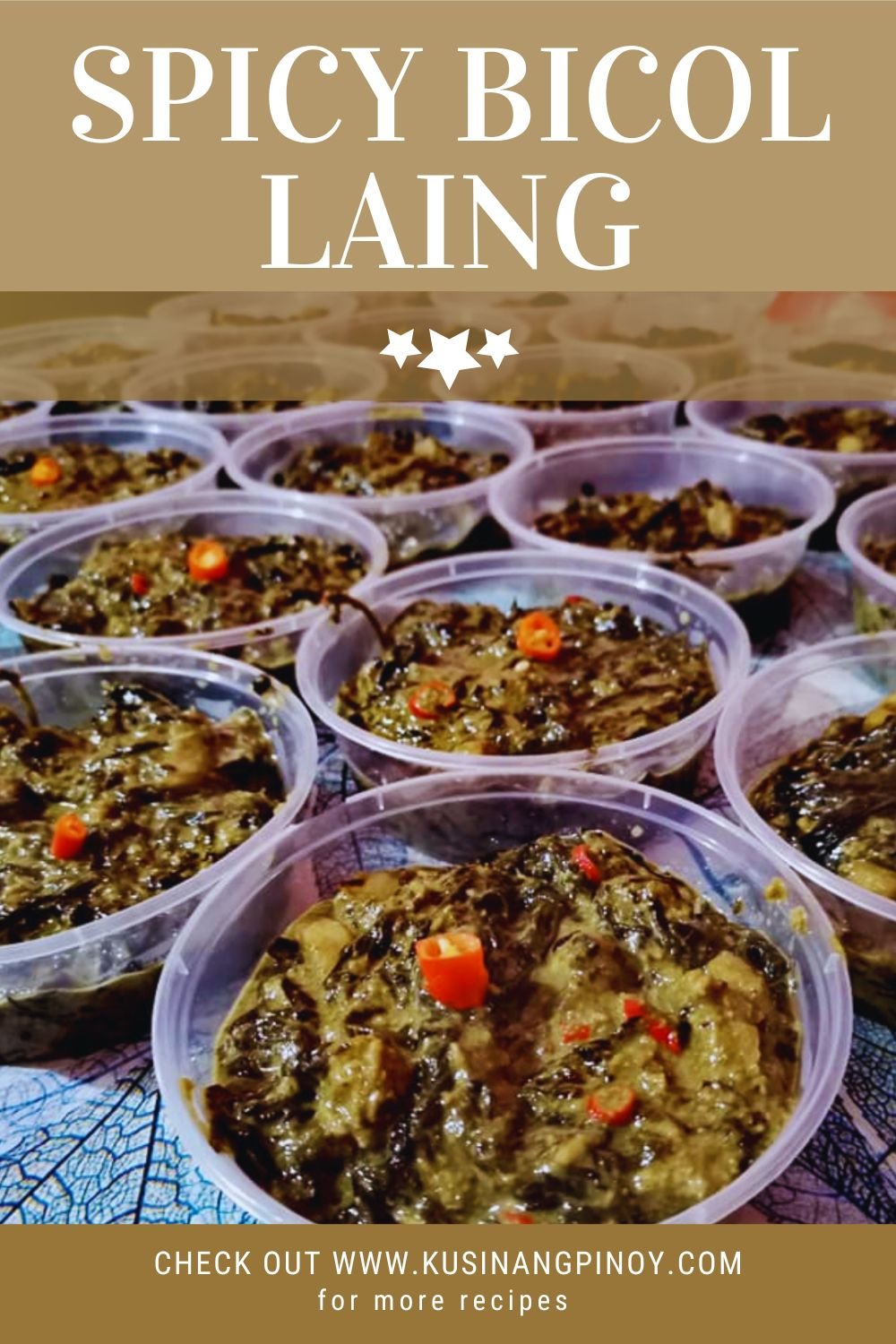


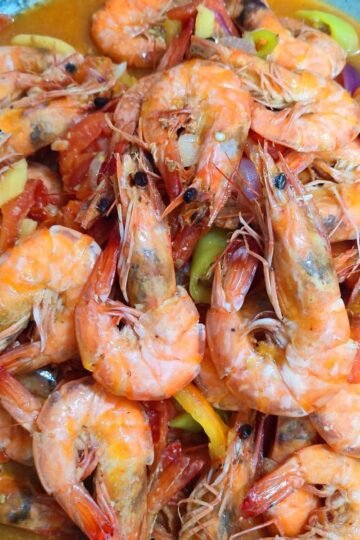
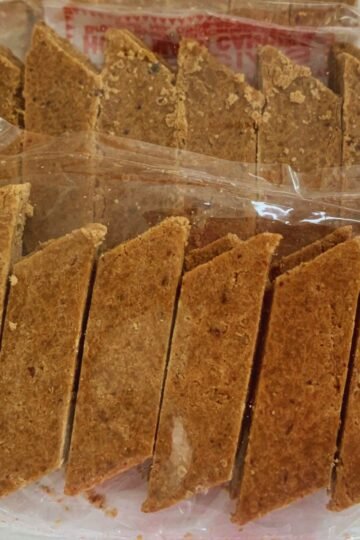

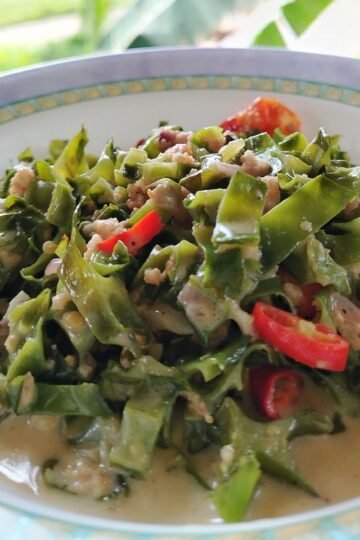
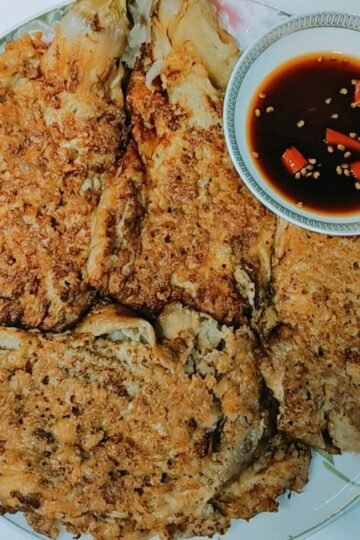
Comments
No Comments